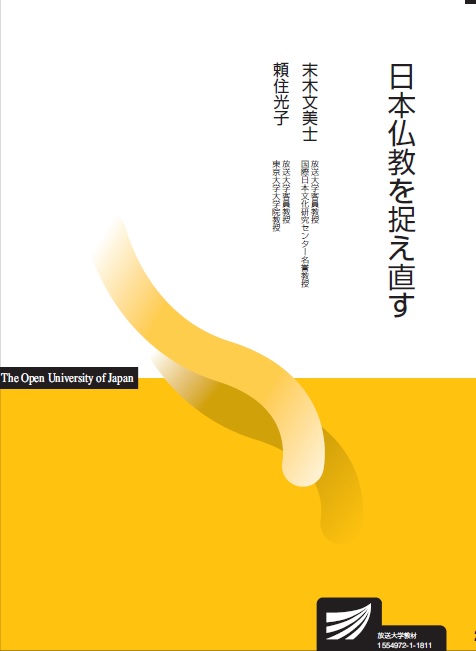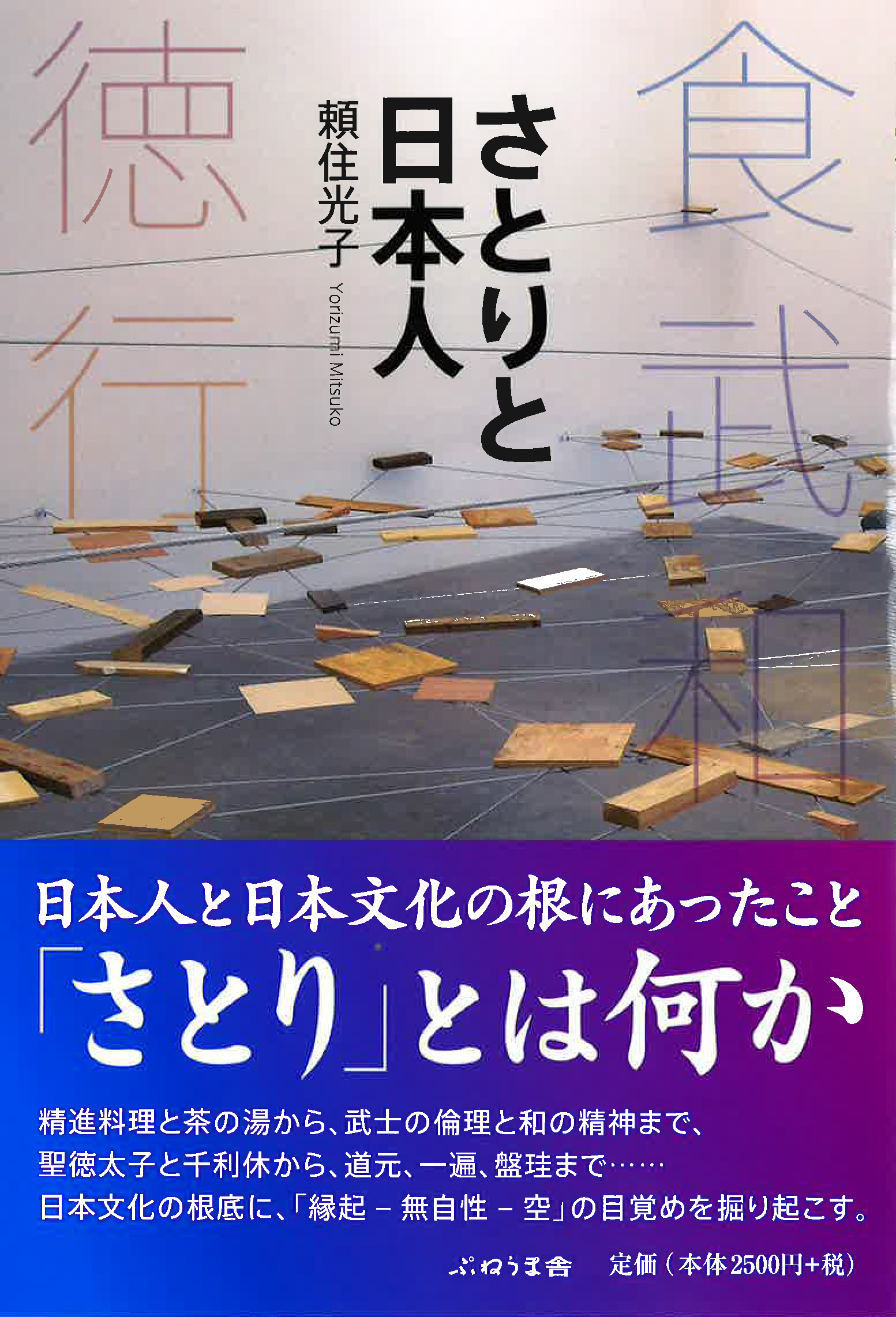
Title
Nihon Bukkyo wo Toraenaosu (Rethinking Japanese Buddhism)
Size
292 pages, A5 format
Language
Japanese
Released
March 01, 2018
ISBN
978-4-595-31853-5
Published by
Foundation for the Promotion of The Open University of Japan
Book Info
See Book Availability at Library
Japanese Page
This book was produced as the textbook for a radio course run by the Open University of Japan. “Rethinking Japanese Buddhism,” which is both the title of this book and the name of the course, is intended to imply both a reexamination of the Buddhist view of things that we unconsciously assimilate, the knowledge of Buddhism that has somehow taken root, and the Buddhist culture that we experience as a matter of course while living in Japanese society and a rethinking of their roots and contemporary significance.
In this book, an attempt is made to shed new light on Japanese Buddhism from the three perspectives of “The Thought of Japanese Buddhism,” “Modern Japanese Buddhism,” and “The Depths of Japanese Buddhism,” and I was in charge of “The Thought of Japanese Buddhism.” I examine the introduction of Buddhism to Japan, the relationship between Buddhism and Confucianism, and, quoting from original sources as appropriate, the meaning of the ideas of figures such as Prince Shōtoku, Kūkai, Hōnen, Shinran, Dōgen, and Nichiren. When doing so, rather than confining myself to mere general introductions to their thought, I have endeavoured to make the structure of their ideas clear, and through such investigations I have also aimed to throw into relief the contemporary significance of Buddhism.
What I have emphasized in particular regarding the contemporary significance of Buddhism is that it can provide the philosophical foundations for realizing in a true sense “coexistence,” which is today a matter of pressing urgency. Especially important in this regard is the Buddhist way of thinking encapsulated in the terms “emptiness” and “dependent co-arising.” The Buddhist thinkers dealt with in this book developed diverse arguments, but at root they shared this way of thinking characterized by “emptiness” and “dependent co-arising.”
“Emptiness” means that things are not fixed entities and possess no intrinsic essence, while “dependent co-arising” means that things exist in spite of having no essence because they manifest thus in relationship to others at a particular time and in a particular place, a mode of being that may be described as “relational existence.” That is to say, one becomes oneself only in relationship to all other entities apart from oneself, and the fact of one’s own existence simultaneously signifies the existence of others. In this sense, oneself and others mutually bring about the existence of one another, and self and other may be said to be as one. In Buddhist terminology this is referred to as “oneness of self and others” or “interdependence.”
When one takes this into account, “coexistence” does not mean, for instance, that entities existing as discrete individual units help one another out. According to Buddhism, to act on the basis of “oneness of self and others” and with an awareness of this oneness represents the realization of “coexistence.” Modern humans, who control the world by means of reason and do so of their own volition, are liable to become solitary beings who stand at the centre of the world and treat others and the natural environment as objects of manipulation, that is, people unable to coexist in any true sense. Buddhism could be said to have much to offer such people of the modern age.
(Written by Mitsuko Yorizumi, Professor, Graduate School of Humanities and Sociology / 2018)



 Find a book
Find a book



